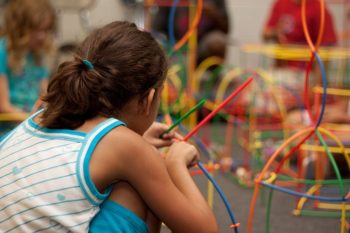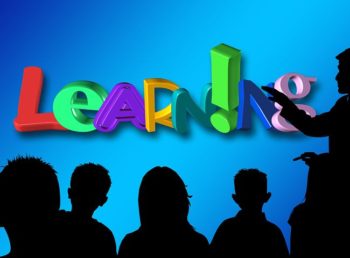 Purposeful Parenting and Overcoming Challenges
Purposeful Parenting and Overcoming Challenges
Guest blogger Erik Youngman’s blogs on purposeful parenting and learning from challenges embrace the following ten practical approaches to parenting:
- Through positive, patient, and purposeful problem-solving, parents can model effective limit setting for their children. This includes clearly defined boundaries and goals for daily living.
- Parents incorporate play in project-based learning activities at home. These may include messy art projects, science explorations, performing arts, creative writing, and sports.
- Children are encouraged to ponder and creatively reflect on their various learning activities for continuous improvement and growth.
- Kids learn to pivot and respond resiliently to life’s great adventures and challenges.
- Parents encourage their children to embrace and learn from mistakes and challenges.
- Children effectively manage daily challenges through time management and understanding their family’s clearly defined boundaries.
- Parents help their children overcome difficulties by modeling effective problem-solving skills and encouraging new skill development.
- When students own their learning challenges, they identify how they can overcome learning and skill development difficulties and ask for help for added guidance.
- Children are inspired to do their best through resourceful goal setting and self-self-assessments.
- When parents collaborate with their children’s teachers, they can help their children ask deliberate questions, model through example, and encourage classmate support.

Mary Ann Burke, Ed.D., Digital Education Expert, is a substitute distance learning teacher for Oak Grove School District in San Jose, California and the author of STUDENT-ENGAGED ASSESSMENT: Strategies to Empower All Learners (Rowman & Littlefield: 2020). Dr. Burke creates digital language arts and substitute teaching K – 12 activities for teachers and parents. She is the Cofounder of the Genparenting.com blog. Burke is the former Director II of Categorical & Special Projects for the Santa Clara County Office of Education that supports 31 school districts serving 272,321 students in Santa Clara County. She is also a previous Director – State & Federal Compliance for Oakland Unified School District, the former Director – Grantwriter for the Compton Unified School District, and was the initial VISTA Director for the Community Partnership Coalition in southern California. Much of her work focuses on creating innovative digital trainings and partnership programs for teachers and families to support students’ learning. These programs were featured as a best practice at a National Title I Conference, California’s Title I Conferences, AERA Conferences, an ASCD Conference, the NASSP Conference, and statewide educator conferences.
 How to Form School Partnerships – Part 2
How to Form School Partnerships – Part 2 Nurturing Our Kids’ Health and Spiritual Growth
Nurturing Our Kids’ Health and Spiritual Growth Guiding Our Kids’ Decision Making Independence
Guiding Our Kids’ Decision Making Independence  Get Your Kids Organized for School Success!
Get Your Kids Organized for School Success!